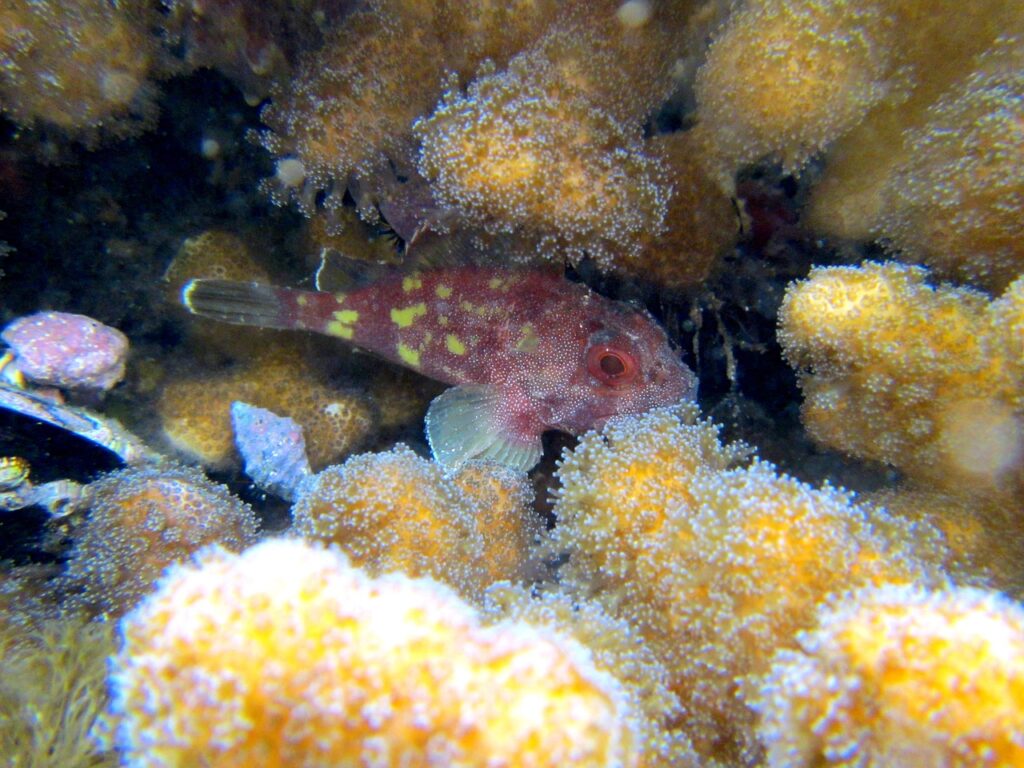Camouflage is one of the many ways animals have evolved to protect themselves. Many animals have unique adaptations that help them conceal themselves from predators. These ingenious adaptations can be seen in a variety of different animals around the world. These animals have evolved with a variety of methods to protect themselves. This list of 19 camouflage animals will show you some creative and beautiful variations of how animals can be hard to spot in their natural habitat.
Uroplatus (Geckos)
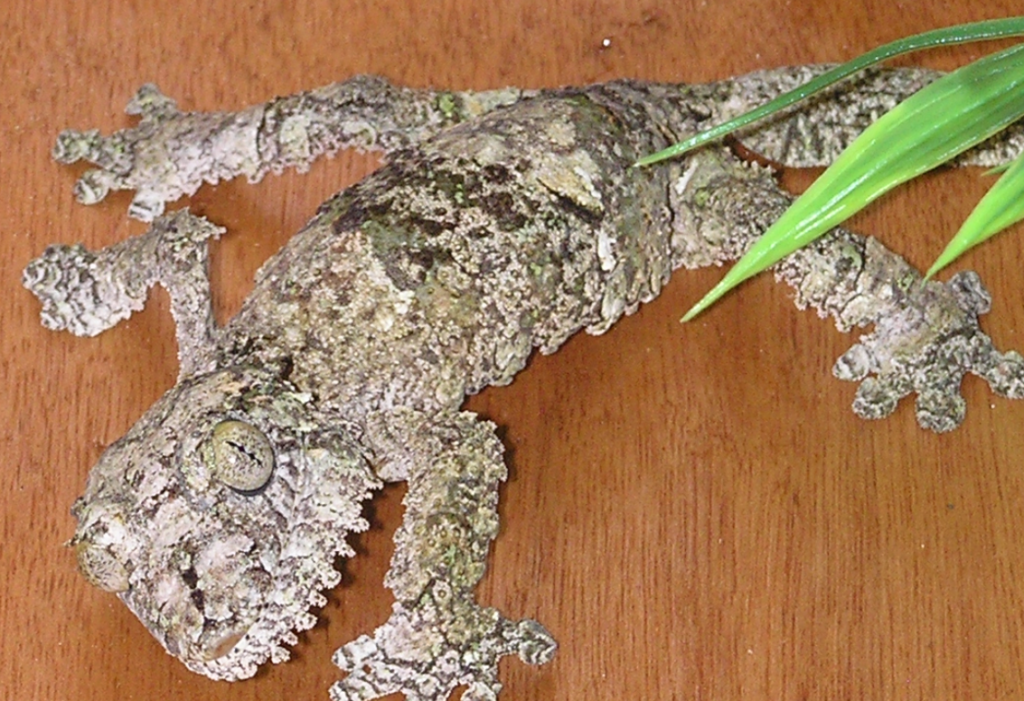
These animals have adapted to stay out of sight by having intricate and beautiful camouflage that blends in with the surrounding trees. A leaf-like pattern is their primary form of defense, but if they are threatened or disturbed, they will droop and flicker like a natural leaf. It is a unique adaptation that only a few other species have been able to accomplish. They are found in the Northern and central tropical forests of Madagascar.
Toads
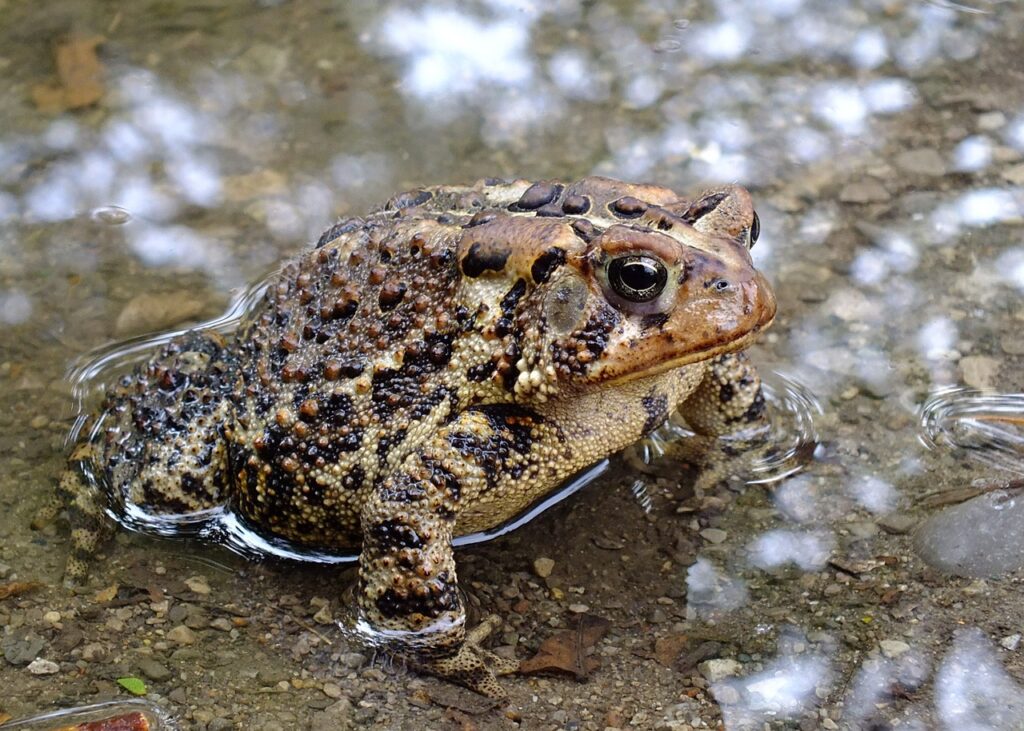
Toads are one of the most easily recognizable camouflaged animals. These amphibians have evolved to blend perfectly with their surroundings by changing color. Their skin can vary from green, brown, black, and grey to match the color of their surroundings. They can also blend in by hiding under leaves or rocks and even stay still for long periods until they feel it is safe to come out from hiding.
Common Baron Caterpillar
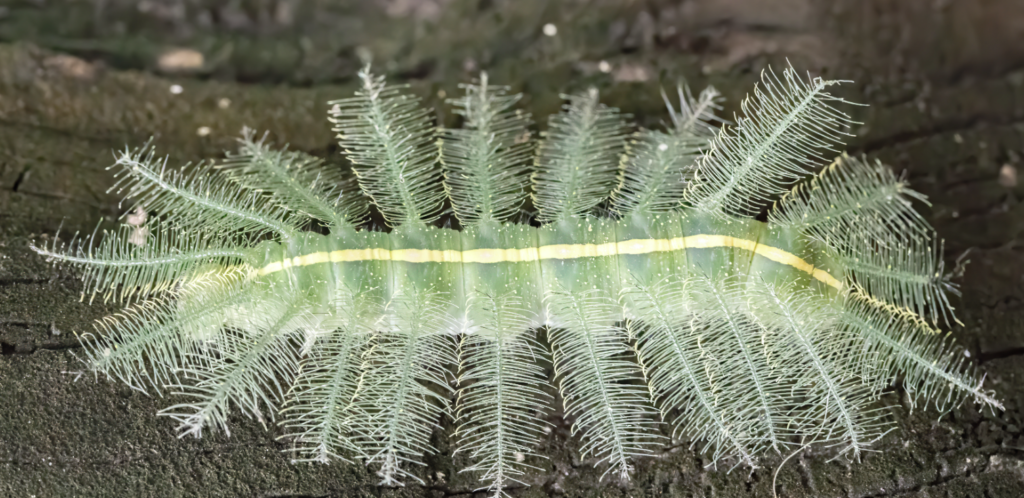
This species of the caterpillar is a master of camouflage. It a green in color, which makes it extremely difficult to spot. It has also adapted to stay perfectly still and sit in the same spot for hours or even days to avoid predators. It mostly stays on mango trees. Mainly found in South East Asia and India.
Walkingstick
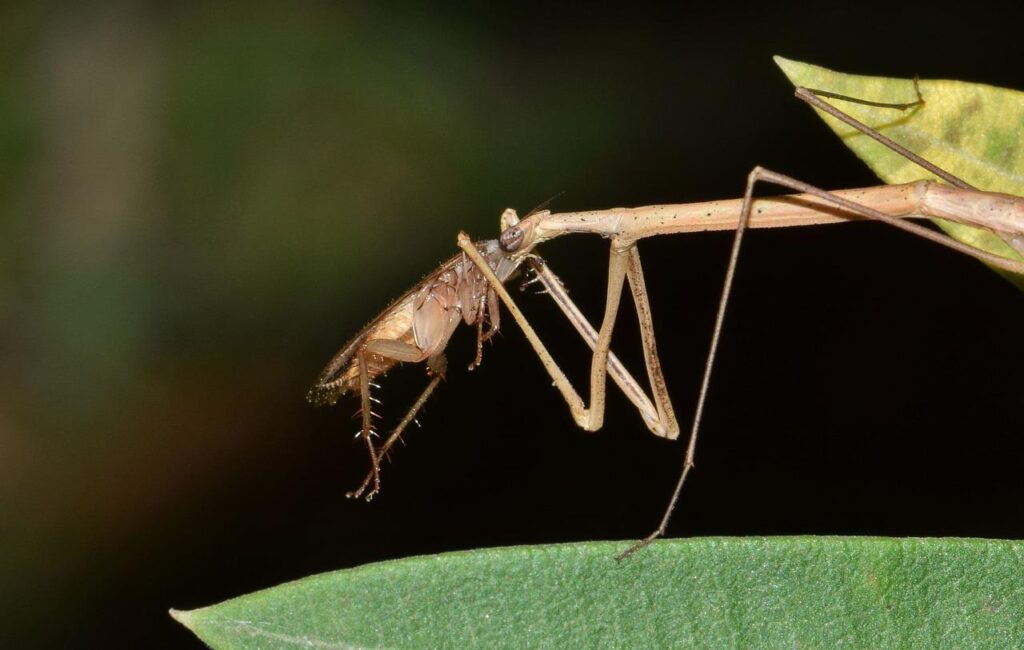
The walkingstick is an ant-mimicking stick insect that can protect itself from predators by looking like a branch. It has evolved to blend perfectly with the surrounding tree branches, and it can easily conceal itself by moving slowly to avoid being seen or caught. This ingenious protection method makes it very difficult to spot even when looking right at the walkingstick. They are found everywhere on earth.
Chameleon

Chameleons are some of the most well-known animals for their ability to change color. This ability has allowed them to blend in with various environments. Chameleons can vary from green to brown, purple, orange, and yellow depending on their surroundings, making them very hard to spot and hide from their prey. Breeding is also when chameleons change color to show off to females. They are found extensively in Africa, Madagascar, Europe, India, and Sri Lanka.
Scorpionfish
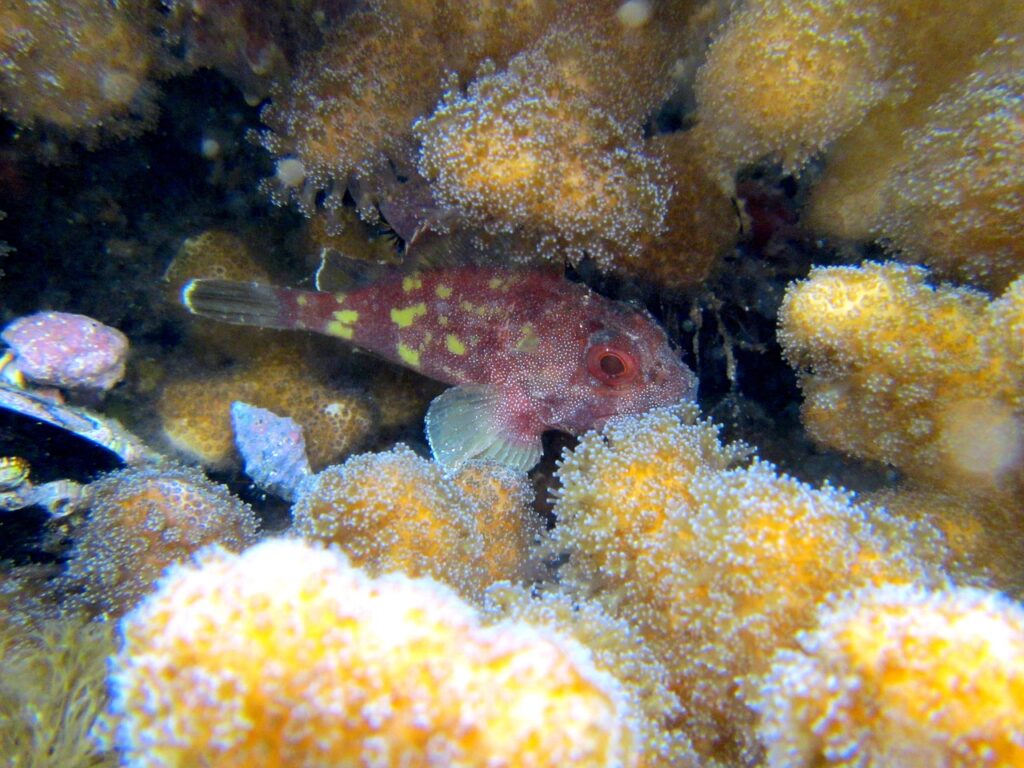
The scorpionfish can blend in with its surroundings by changing color. Due to its covering skin and how it moves, it’s hard for predators to spot this poisonous fish. They tend to sit motionless in their hiding places, between rocks and under stones creating a natural camouflage. The coloring also helps them to hide from prey. This species of the fish range is from the Indian and Pacific Oceans.
Crab Spider
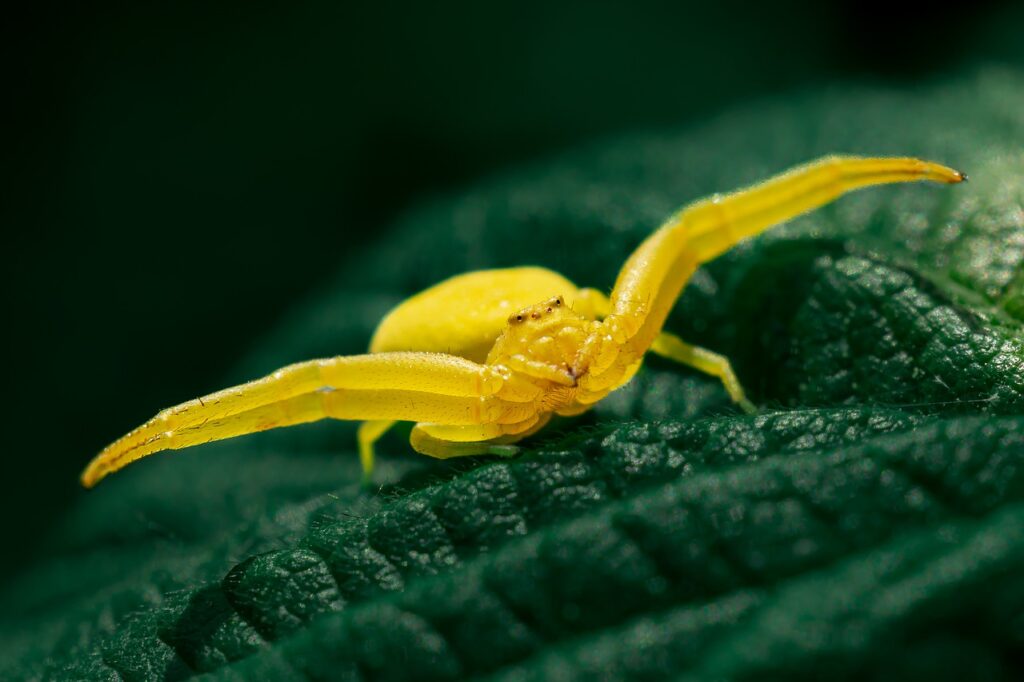
Crab Spiders have developed a very clever way to conceal themselves from predators. They have an appealing color and pattern that looks like the surface of their habitat. The coloring and patterns allow the crab spider to blend in with the surrounding flowers and tree bark. They will also make small movements to help them blend in with their surroundings. They can also turn to the color of the available prey. It’s tough for humans to spot this spider species because it is so well camouflaged. They are found all over the world.
Giraffe

The giraffe is a beautiful-looking animal with a long neck. Its patterns make it very hard to detect and blend well with the environment. A giraffe’s face also makes it harder to spot, and they have long eyelashes that help blend in with the environment. It’s tough for predators to find this animal because of the way it camouflages itself from the surroundings. This species of giraffe is found in many parts of Africa.
Nightjar
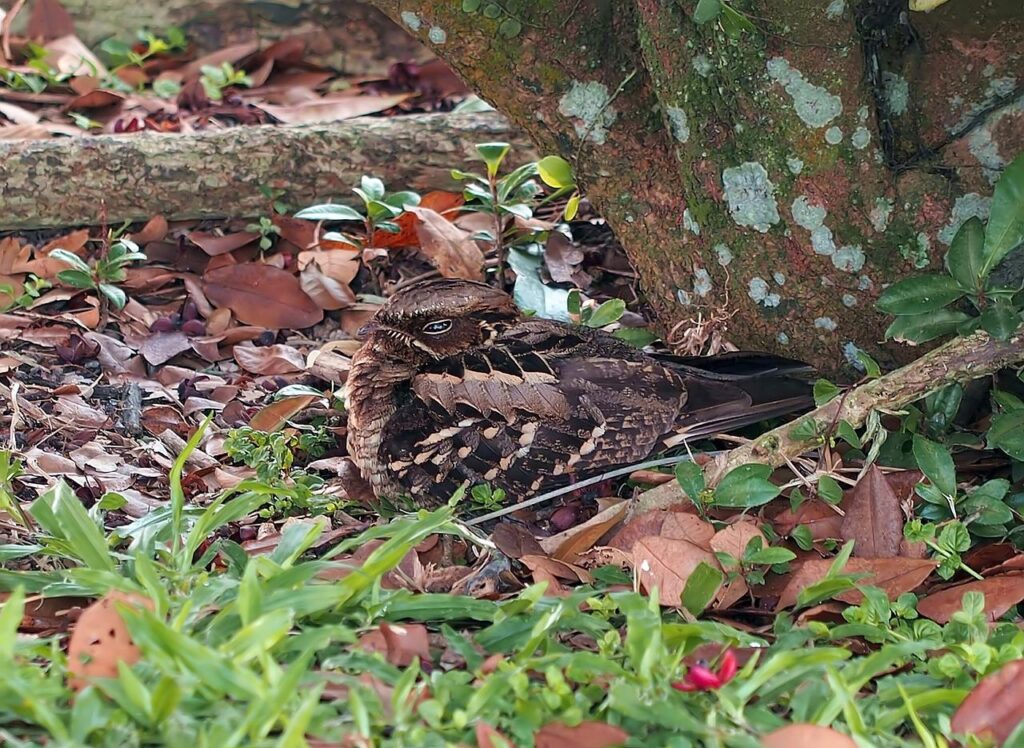
The nightjar is a bird that is often mistaken for a butterfly. Nightjars are found in the Eastern Hemisphere and have developed an efficient way of camouflaging themselves from predators. Their plumage is made up of black, brown, and white with patterns like various parts of their environment. This species uses its behavior to stay stealthily hiding and change color to avoid predators. They are found in New Zealand and some parts of Oceania.
Arctic Fox
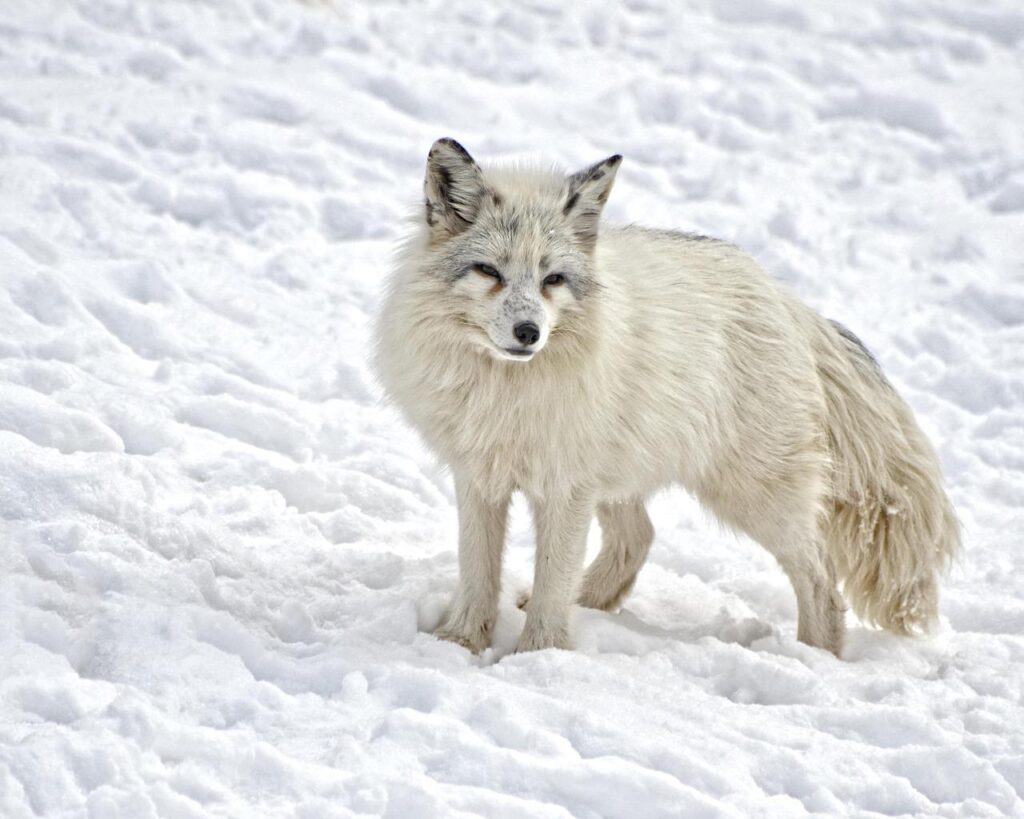
The arctic fox is a beautiful-looking animal with its furry appearance. Its fur helps to camouflage it from predators and make it look a lot larger than it is. The fur on this species of fox also acts as insulation during harsh environments and makes them very hard to spot. They will often occupy the same place for long periods to avoid being detected. It’s found in many parts of the northernmost regions of Europe, Asia, North America, Greenland, and Iceland.
Arctic Hare
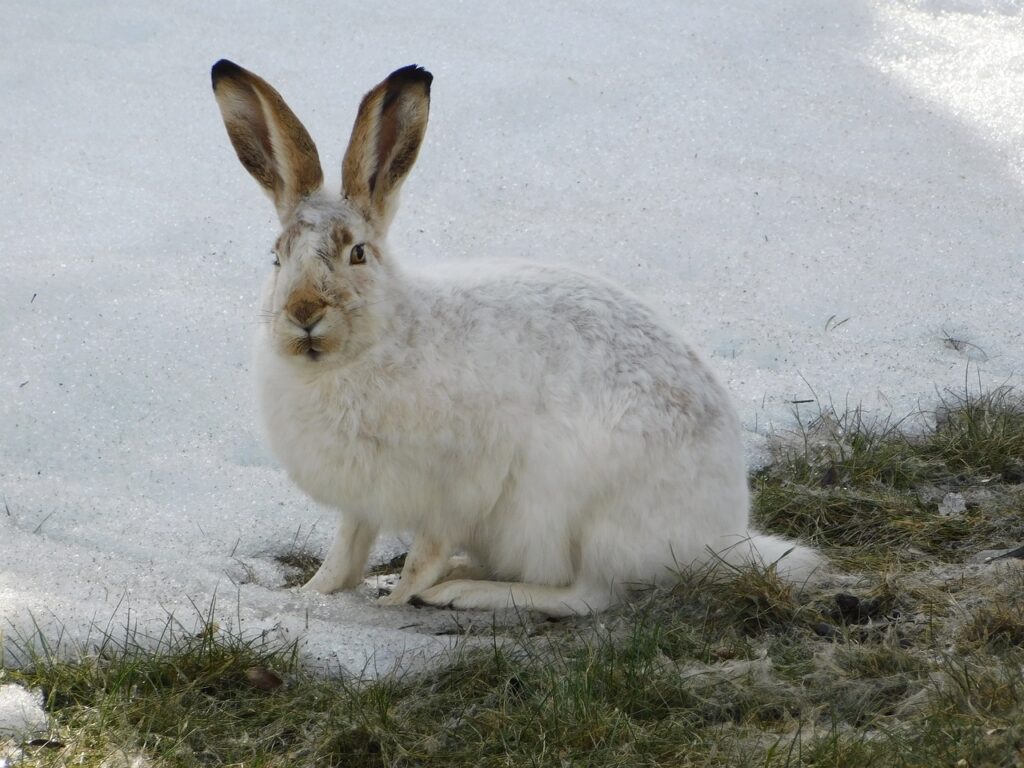
Arctic Hare has developed a unique way of blending in with its surrounding environments. This species of the hare has developed camouflage to help it sneak up on its prey. The markings on their skin have caused them to be mistaken for berries in the summer, thistles in the spring, and moss in the winter by other animals, creating an excellent camouflage from predators would need to find this species. The color of these hares also changes depending on their surroundings as it changes color and becomes a brownish tinge when they are out in sunny areas. They are found in the Northernmost regions of Greenland, the Canadian Arctic islands, and Northern Canada.
Leopard

This animal has a variety of patterns and colors to help it blend in with its environment. It has been known to change color to live under the same rock as a deer or move into tree branches while blending in with its surroundings and then walking down the tree’s trunk to take its meals. Its markings are made up of spots, stripes, and rings that help it disguise itself. These markings make it difficult for predators who have evolved to find this animal. It is located in India, Africa, the Middle East, and Central Asia.
Sidewinder rattlesnake

These snakes blend in with their surroundings, helping to avoid being detected by its preys. They have adapted to changing color and patterns with the seasons, allowing them to blend in with nearby rocks and the sandy floor of deserts. The camouflage is perfect for this snake species to blend seamlessly with its surroundings. Its scales are made up of smooth, shiny, and ridged patterns that help to mimic the rocks around them. They are found in sandy deserts in US and Mexico.
Pygmy sea horse

The sea horse is a beautiful-looking animal with its peculiar-shaped mouth and large eyes. When its camouflage is working correctly, it blends in perfectly with its surroundings making it very difficult to spot by predators. It has developed a variety of different patterns that help to make itself blend in with the environment. These patterns also protect them from sun rays, so they can hide during the day and feed at night, allowing them to reproduce quickly. The color of this creature changes depending on the seasons and their habitat.
Wrap-around spider

The Wrap-around spiders have developed a way of blending in with the environment to avoid being detected by predators. It’s one of the most efficient ways of camouflaging itself. It can change its body color and pattern depending on the seasons and occasionally change its shape. The way it moves makes it very hard for predators to spot this species. Wrap-around spider is found in Australia and parts of Oceania.
Green Sea Turtle
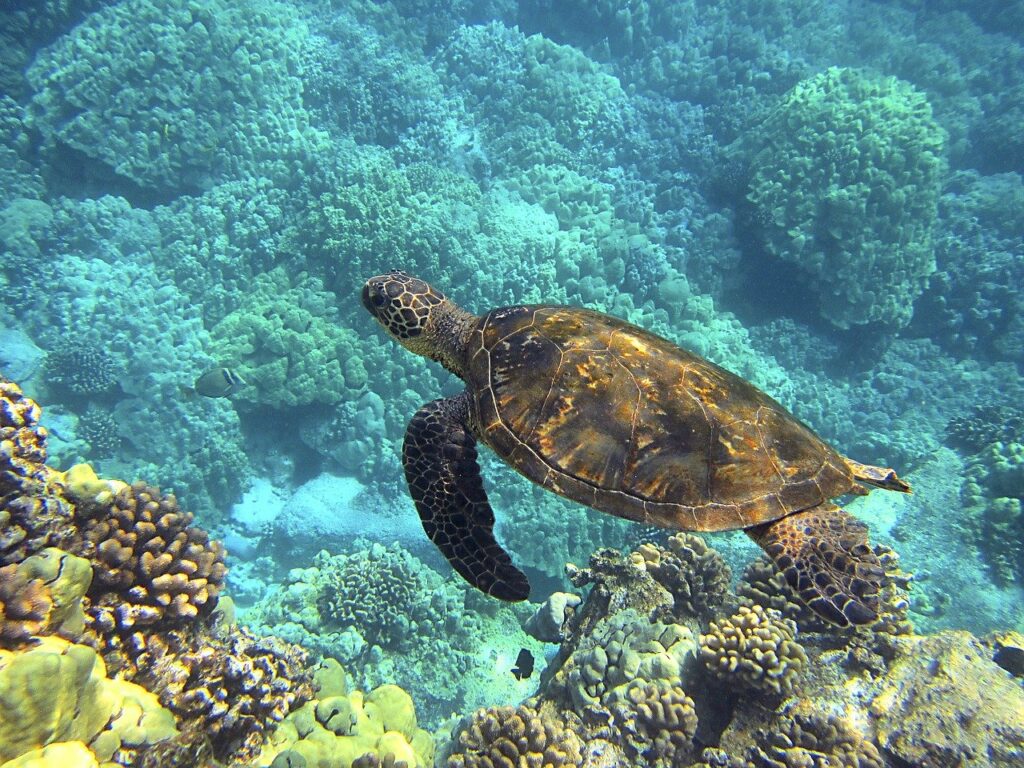
The Green sea turtle has developed a unique way of camouflaging itself from predators. Its body is covered with bumps that help it blend into the environment even when it’s out at night. Its coloration and patterns are also able to change depending on its habitat so that it can trick potential predators.
Mediterranean Octopus
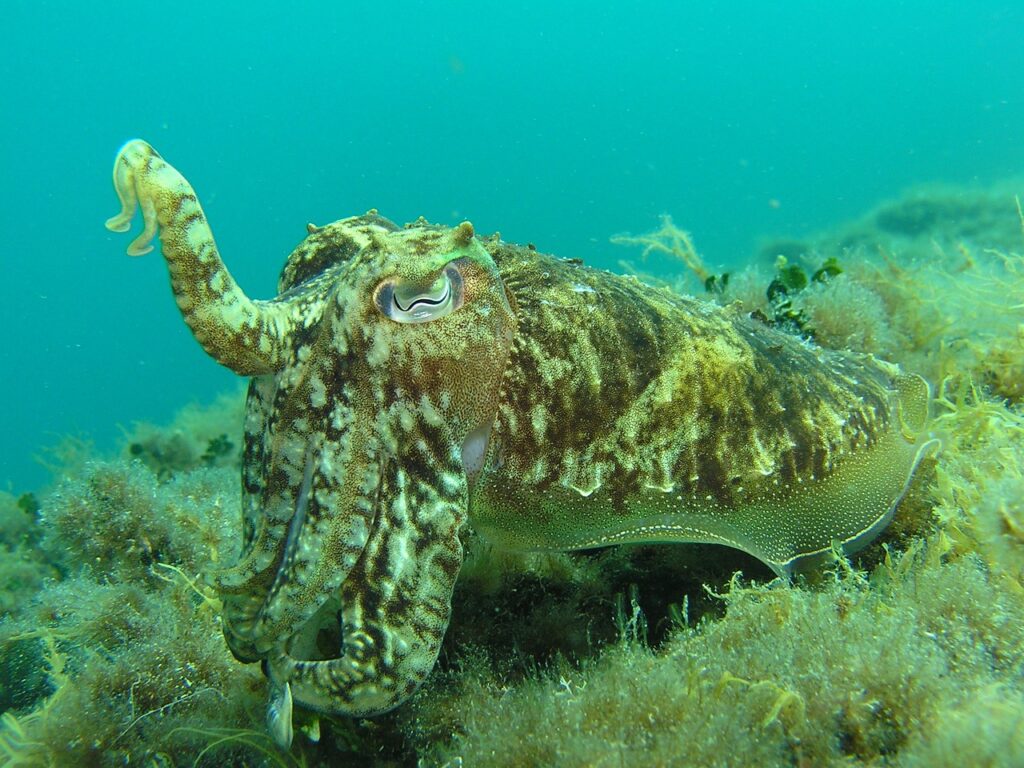
This species of octopus has developed a lot of ways to camouflage itself. It has spots that can change depending on the season and can use its color and shape to blend in with the environment. Also, the way it moves helps it change so it can camouflage. They are primarily found in the Eastern Atlantic, Mediterranean Sea, the Southern coast of England, and the Southern coast of South Africa.
Impala
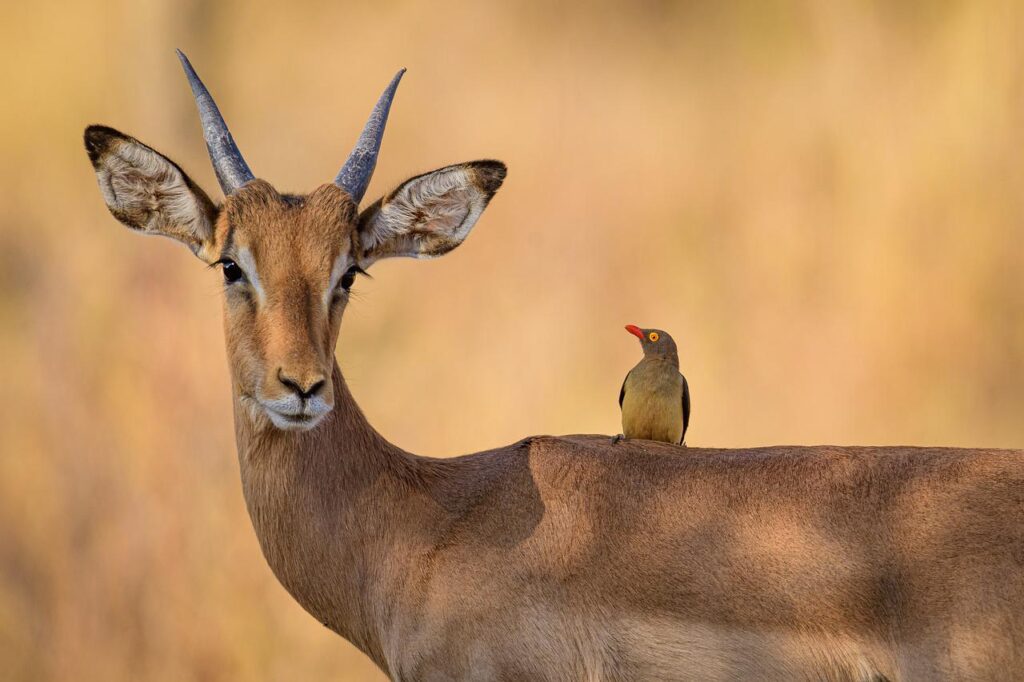
The animal has characteristics that make it very difficult for predators to find. It blends in with its environment in many ways. It has a large head and eyes, which helps it blend in more with its surroundings, and has markings that help confuse any predators of this species. They are found in savanna grassland in Eastern and Southern Africa.
Butterfly

They have wings that are brightly colored with patterns that help them blend in with the environment. This adaptation allows them to fly and feed on nectar without being detected by predators. The bright colors also help it look like a flower, making it difficult for predators to find it. They are everywhere in the world.

